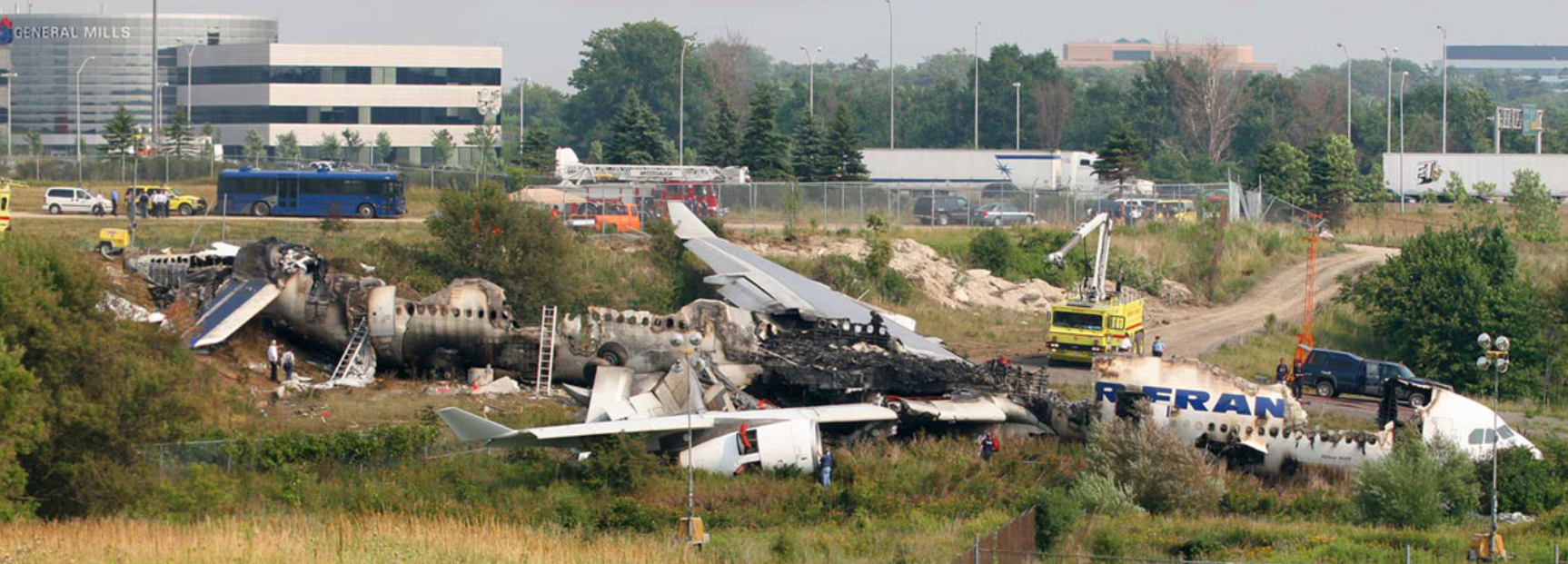The Weekly Reflektion 27/2025
We often see when things go wrong, that the people making decisions based on input from many sources under pressure, make the wrong call.

Do you provide clarity to operative personnel in coping with difficult situations?
On August 2nd, 2005, Air France Airbus A340 flight 358 took off from Charles De Gaulle airport, Paris, France, heading for Toronto Pearson International Airport. On landing the plane overshot the runway at a speed of 80 knots (148 km/hr), crashed and caught fire. There were no fatalities, but 12 people sustained serious injuries.
As the flight approached Toronto, the weather forecast indicated that there were thunderstorms in the area, but with a low probability of being a problem. Air France, at the time, did not provide their crews with specific criteria such as distance-based guidelines for the avoidance of thunderstorms and preferred to leave it up to the crew to make the final decision whether to land or to divert to another airport.
As the plane approached Toronto, there was a thunderstorm with heavy rain showers slightly to the north of the airport, but the pilot decided to go ahead and land. The plane was given the shortest runway available to land as the other longer runways were unavailable due to lightning strikes disabling some equipment. Air France also had no requirement to calculate the landing distance required by the plane before landing, and this proved to be critical. The runway allocated was 2743m long (9000’) which was relatively short for this size of aircraft. In thunderstorms, with the rapidly ascending air, the wind speeds can be very high and varying in direction.
The plane was approaching in heavy rain with the autopilot turned off so the pilot could react to the turbulence, and suddenly the wind direction changed. The approach had started with a headwind, but changed quickly to a tailwind, the air-speed indicator measured a lower speed, so the pilot applied the throttle to increase speed. This put the plane above the desired flight path, and at a higher speed which resulted in the plane touching down on the runway 1220 m (4000’) from the start. There was a significant amount of surface water on the runway from the heavy rain, and braking proved to be difficult. The plane could not stop in time, ran off the end of the runway across an airport road, and into a gulley. The runway had no end safety area to reduce the consequences of over-shooting the runway. The airport fire brigade’s rapid response, and the quick and effective action by the crew helped an effective evacuation, and preventing fatalities.
Do you leave potentially critical decisions open to subjective evaluation of field personnel? Removing doubt in situations where there is a lot of data to process under pressure may be the safer option. Providing training on these situations and including this type of scenario in flight simulations would also help to prepare personnel and reduce the probability of multiple uncertainties leading to a disaster.
